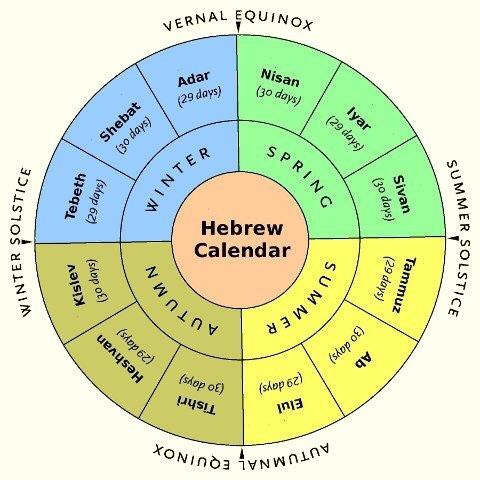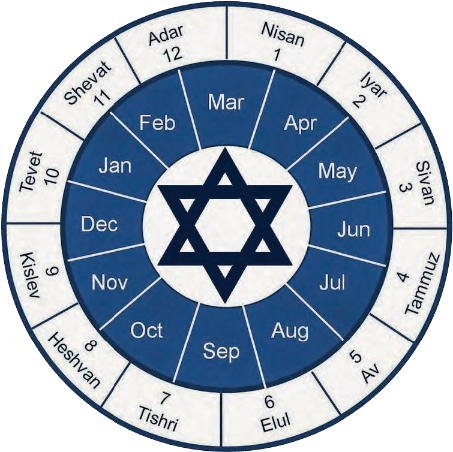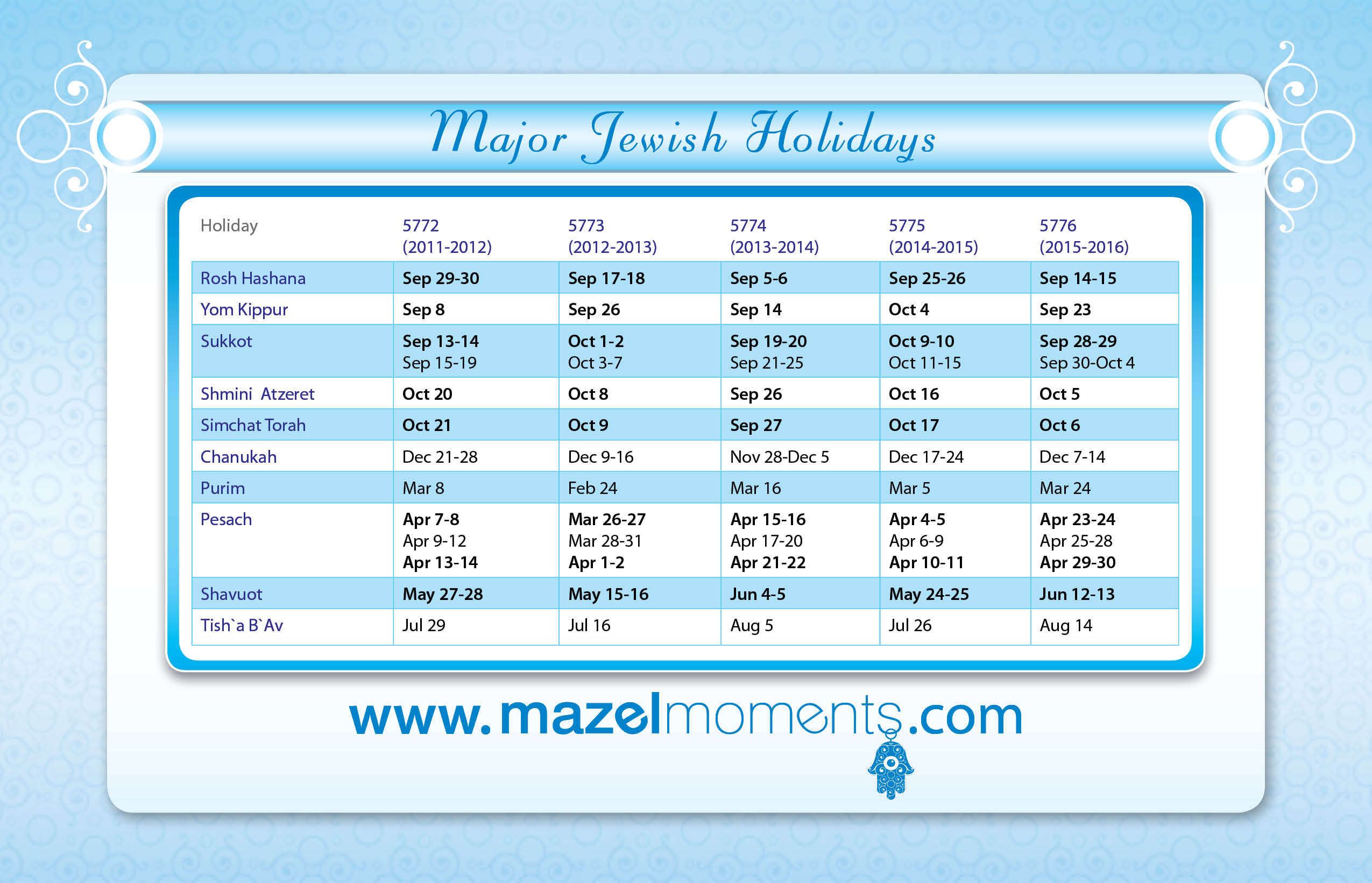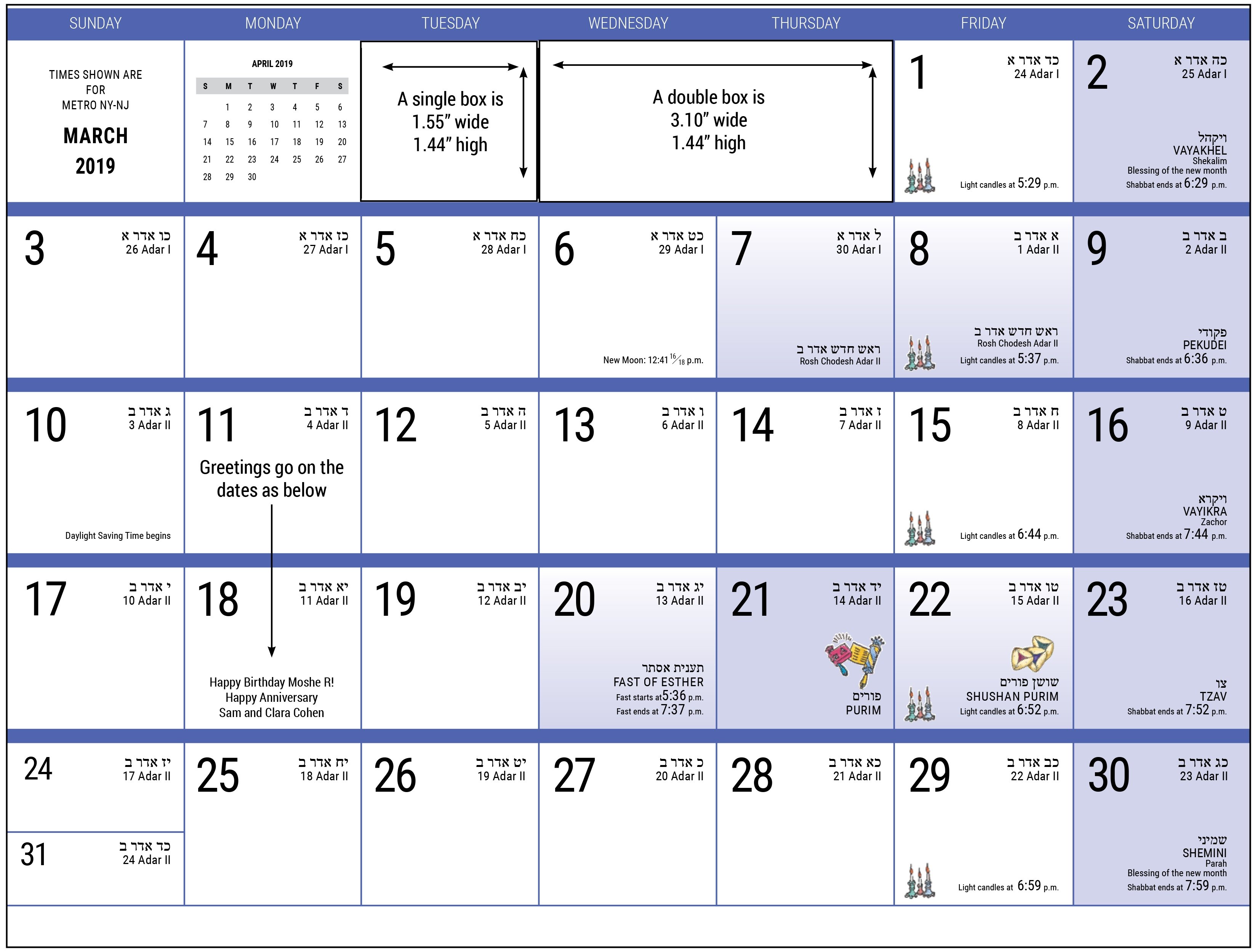Present Me The Jewish Calendar: A Journey By way of Time And Custom
Present Me the Jewish Calendar: A Journey By way of Time and Custom
Associated Articles: Present Me the Jewish Calendar: A Journey By way of Time and Custom
Introduction
With nice pleasure, we’ll discover the intriguing subject associated to Present Me the Jewish Calendar: A Journey By way of Time and Custom. Let’s weave attention-grabbing data and provide recent views to the readers.
Desk of Content material
Present Me the Jewish Calendar: A Journey By way of Time and Custom

The Jewish calendar, a posh and interesting system, is way over a easy report of dates. It is a meticulously calculated tapestry woven from astronomical observations, spiritual legislation (Halakha), and historic reminiscence. Not like the Gregorian calendar, which follows a purely photo voltaic cycle, the Jewish calendar is lunisolar, which means it incorporates each lunar months and photo voltaic years, leading to a novel and generally unpredictable rhythm. Understanding this calendar is essential to greedy the richness and depth of Jewish life and custom.
The Lunar Basis:
On the coronary heart of the Jewish calendar lies the lunar month, roughly 29.5 days lengthy, reflecting the moon’s cycle from new moon to new moon. Every month is known as, usually referencing historic occasions or agricultural seasons. These months are: Tishrei, Cheshvan, Kislev, Tevet, Shevat, Adar (or Adar I in leap years), Adar II (solely in leap years), Nisan, Iyar, Sivan, Tammuz, Av, and Elul. The names themselves carry historic and symbolic weight, echoing the experiences and aspirations of the Jewish individuals.
Nonetheless, a purely lunar calendar would shortly drift out of sync with the photo voltaic 12 months, resulting in important discrepancies within the timing of agricultural festivals tied to the seasons. To handle this, the Jewish calendar incorporates a classy system of intercalation – the addition of an additional month, Adar II, roughly seven instances each 19 years. This 19-year cycle, often called the Metonic cycle, ensures that the Jewish calendar stays broadly aligned with the photo voltaic 12 months, stopping Passover, for example, from step by step shifting into the winter months.
The Photo voltaic 12 months and its Significance:
The photo voltaic 12 months, essential for agricultural practices and the timing of festivals depending on the harvest, performs an important position. The Jewish calendar goals to maintain the festivals – significantly Passover and Sukkot – inside their acceptable seasons. The calculation of the size of the 12 months is a posh course of, involving intricate astronomical calculations and rabbinical rulings over centuries. The common size of a Jewish 12 months is roughly 365.247 days, remarkably near the Gregorian calendar’s common of 365.2425 days.
The Significance of the New Moon:
The sighting of the brand new moon, traditionally a vital occasion, stays symbolically vital. Whereas trendy astronomical calculations decide the calendar far prematurely, the standard methodology relied on eyewitness testimony confirming the brand new moon’s look. This communal statement underscored the collective nature of Jewish life and the shared expertise of time. Even at present, the announcement of the brand new moon, usually by way of official pronouncements, maintains a way of communal participation within the rhythm of the calendar.
Key Festivals and Their Timing:
The Jewish calendar is punctuated by important festivals, every holding profound spiritual and historic which means. The timing of those festivals is intricately linked to the calendar’s construction:
- Rosh Hashanah (New 12 months): Falling on the primary day of Tishrei, it marks the start of the Excessive Holy Days, a ten-day interval of introspection and repentance.
- Yom Kippur (Day of Atonement): The tenth day of Tishrei, Yom Kippur is the holiest day within the Jewish 12 months, a day of fasting, prayer, and looking for forgiveness.
- Sukkot (Feast of Tabernacles): Noticed for seven days beginning on the fifteenth of Tishrei, Sukkot commemorates the Israelites’ wandering within the desert and celebrates the harvest. It includes dwelling in non permanent shelters often called sukkahs.
- Pesach (Passover): Celebrated for eight days (seven in Israel), starting on the fifteenth of Nisan, Passover commemorates the Exodus from Egypt.
- Shavuot (Feast of Weeks): Noticed for 2 days (one in Israel), starting on the sixth of Sivan, Shavuot celebrates the giving of the Torah at Mount Sinai.
The exact dates of those festivals shift yearly because of the lunisolar nature of the calendar, including a layer of anticipation and variation to the Jewish 12 months.
Leap Years and their Position:
The intercalation of an additional month, Adar II, in leap years is essential for sustaining the alignment between the lunar and photo voltaic cycles. The willpower of leap years follows a posh algorithm based mostly on the 19-year Metonic cycle. This ensures that the festivals stay inside their acceptable seasons, stopping a gradual drift over time.
The Calendar and Jewish Life:
The Jewish calendar is deeply interwoven with Jewish life, impacting each side from spiritual observance to social gatherings and even the construction of the Jewish 12 months itself. The calendar dictates the timing of prayers, the studying of particular Torah parts, and the observance of quite a few quick days and festivals. It gives a framework for understanding Jewish historical past, connecting the current with the previous by way of the commemoration of key occasions.
Trendy Interpretations and Challenges:
Whereas the essential ideas of the Jewish calendar stay constant, trendy interpretations and technological developments have launched new dimensions. Using refined astronomical software program permits for exact calculations far prematurely, eliminating the necessity for reliance solely on statement. Nonetheless, the basic ideas of the calendar, rooted in custom and non secular legislation, proceed to information its interpretation and utility.
Past the Dates: The Calendar as a Image:
The Jewish calendar transcends its sensible operate as a system for monitoring time. It serves as a robust image of continuity, resilience, and the enduring connection between the Jewish individuals and their historical past. The rhythm of the months, the celebration of festivals, and the observance of quick days all contribute to a wealthy tapestry of which means and expertise that shapes Jewish identification and group. The calendar shouldn’t be merely a instrument for scheduling occasions; it’s a residing testomony to the enduring religion and traditions of the Jewish individuals, a calendar that continues to form lives and communities throughout the globe. Its intricacies, whereas difficult to completely grasp, provide a glimpse into the depth and richness of Jewish tradition and its enduring connection to time and custom. Understanding the Jewish calendar, subsequently, shouldn’t be merely a matter of understanding dates; it is a journey into the center of a residing custom.








Closure
Thus, we hope this text has supplied beneficial insights into Present Me the Jewish Calendar: A Journey By way of Time and Custom. We admire your consideration to our article. See you in our subsequent article!
Leave a Reply